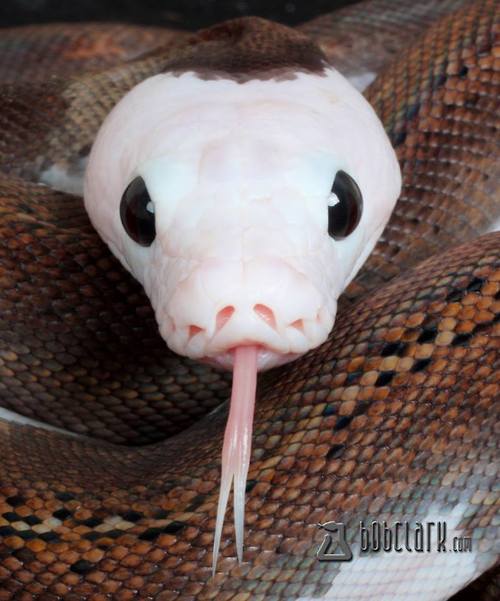Cretaceous Carnage #12
Dinosaurs Forum Topic

Carnosaur
MemberCompsognathusOct 6, 20143291 Views12 RepliesAllosaurus spp. vs Ceratosaurus Dentisulcatus
Allosaurus

Allosaurus was a typical large theropod, having a massive skull on a short neck, a long tail and reduced forelimbs. Allosaurus fragilis, the best-known species, had an average length of 8.5 m (28 ft),with the largest definitive Allosaurus specimen (AMNH 680) estimated at 9.7 meters long (32 ft),[3] and an estimated weight of 2.3 metric tons (2.5 short tons). In his 1976 monograph on Allosaurus, James Madsen mentioned a range of bone sizes which he interpreted to show a maximum length of 12 to 13 m (39 to 43 ft). As with dinosaurs in general, weight estimates are debatable, and since 1980 have ranged between 1,500 kilograms (3,300 pounds), 1,000 to 4,000 kg (2,200 to 8,800 lb), and 1,010 kilograms (2,230 pounds) for modal adult weight (not maximum). John Foster, a specialist on the Morrison Formation, suggests that 1,000 kg (2,200 lb) is reasonable for large adults of A. fragilis, but that 700 kg (1,500 lb) is a closer estimate for individuals represented by the average-sized thigh bones he has measured.Using the subadult specimen nicknamed "Big Al"*, researchers using computer modelling arrived at a best estimate of 1,500 kilograms (3,300 lb) for the individual, but by varying parameters they found a range from approximately 1,400 kilograms (3,100 lb) to approximately 2,000 kilograms (4,400 lb).
* "Big Al" Big Al 2, and a few AMNH speciens have been designated Allosaurus Spp.
Ceratosaurus

Ceratosaurus, at first glance, looked like a fairly typical theropod,[1] however its skull was quite large in proportion to the rest of its bodyand possessed a prominent nose horn formed from protuberances of the nasal bones. In addition to the large nasal horn, Ceratosauruspossessed smaller hornlike ridges in front of each eye, similar to those of Allosaurus, these ridges were formed by enlargement of the lacrimal bones.Marsh (1884) suggested that Ceratosaurus weighed about half as much as Allosaurus. In Predatory Dinosaurs of the World, published in 1988, Gregory S. Paul estimated that the C. nasicornis holotype skeleton came from an animal weighing about 524 kilograms (1,155 lb) while the large material from the Cleveland-Lloyd Quarry represents a much bigger and heavier individual, whose bulk he estimated at about 980 kilograms (2,160 lb).The bigger specimen was later assigned by James H. Madsen and Samuel P. Welles to the new species C. dentisulcatus.A considerably lower figure was proposed by John Foster, a specialist on the Morrison Formation, in 2007. Foster used an equation provided by J.F. Anderson and colleagues to estimate mass from femur length, which yielded an approximate weight of 275 kilograms (606 lb) for C. magnicornis and 452 kilograms (996 lb) for C. dentisulcatus.
Nature doesn't deceive us; it is we who deceive ourselves.
Replies to Cretaceous Carnage #12
Hey Guest, want to add your say?
Are you an avid Jurassic World fan looking for a dedicated online community of likeminded fans? Look no further! Create your own profile today and take part in our forums and gain XP points for all the content you post!















